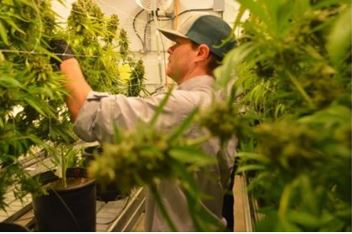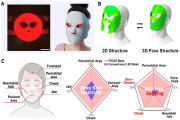Fluence by Osram, the horticulture LED lighting solution provider, announced the expansion of its global photobiology research program, which encompasses studies on multiple vine crops, leafy greens and medical cannabis in the United States, Canada, Germany, Belgium and the Netherlands.
Fluence leverages a network of leading research institutions and partners for its program, including Wageningen University & Research (WUR) for tomatoes; Proefstation voor de Groenteteelt (Proefstation) to study cucumbers; Harrow Research and Development Centre for peppers; The Technical University of Munich's Greenhouse Lab Centre for lettuce; Wageningen Plant Research’s Greenhouse Horticulture business unit and Compassionate Cultivation for medical cannabis.

(Image: Fluence by Osram )
The latest studies utilized Fluence’s VYPR Series top light and expanded PhysioSpec™ spectra offering, which features four spectra and market-leading efficacies up to 3.8 µmol/J, in a randomized block design with triple replicates during a winter growing season. A leader in global horticultural research, WUR explored the impact of each spectrum on Merlice and Brioso tomato cultivars.
“Traditionally, tomato plants are grown under high-pressure sodium lights, where only one spectrum is available to growers,” said Ep Heuvelink, associate professor of horticulture and product physiology at WUR. “Given the efficacy of Fluence's LED solutions and the company's spectra options, it’s critical to understand how various tomato cultivars perform under LEDs and diversified spectra.”
Meanwhile, another expert of cucumber cultivation addressed that the research is critical to grower and aim to bridge them with the latest scientific research, as it was found that LEDs provide a more optimal, precise spectrum than HPS.
“LED lighting is a proven, viable option for global crop growers,” said David Cohen, CEO of Fluence. “Our exploration of the impact of light quality on plant development is driving a deeper conversation about efficacy, yield and quality between growers and their partners. Our commitment to leading cross-geography, multi-crop research will help guide growers in building a supplemental lighting strategy tailored to their unique business goals.”





 CN
TW
EN
CN
TW
EN






